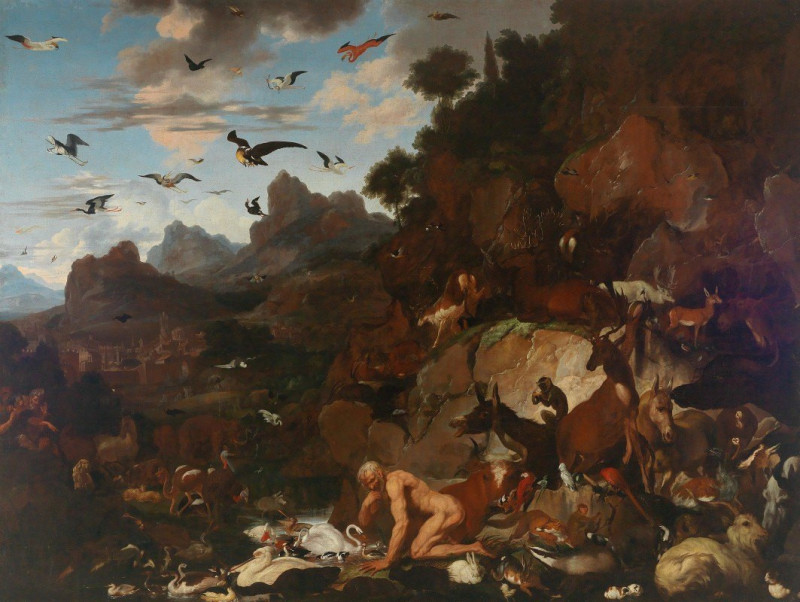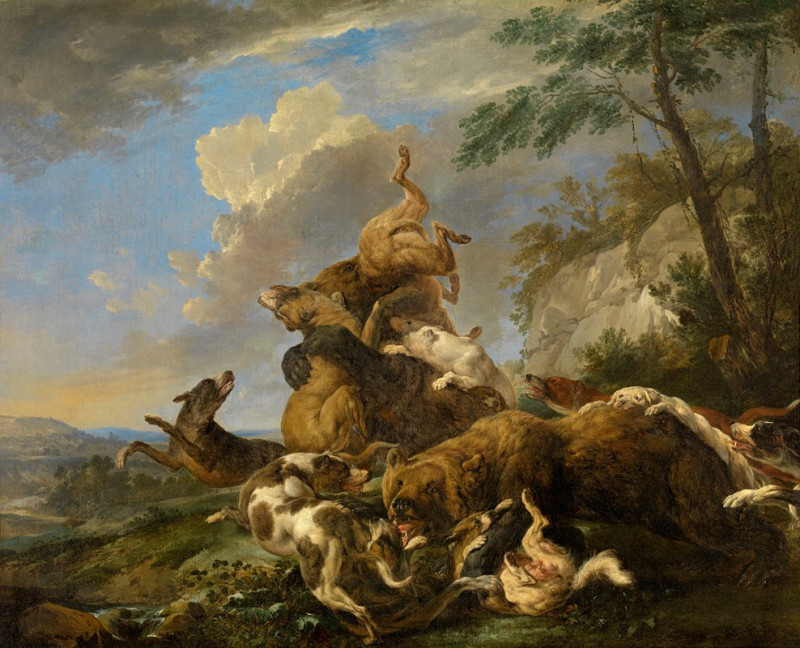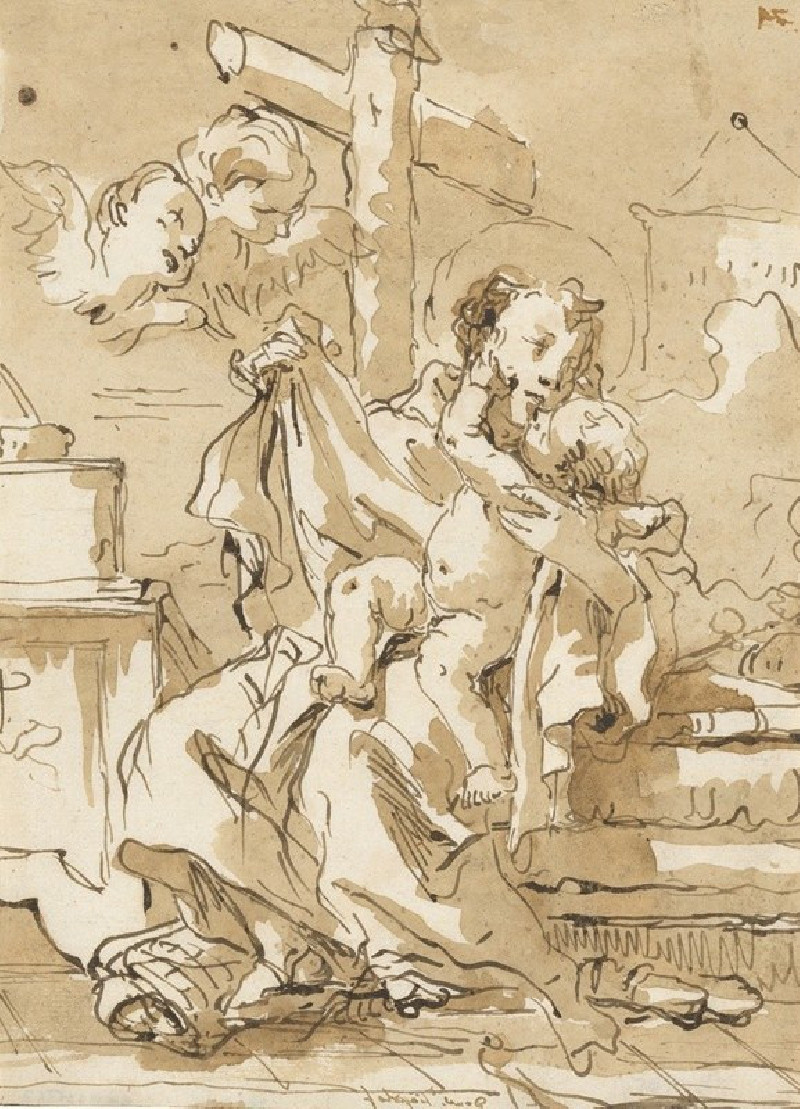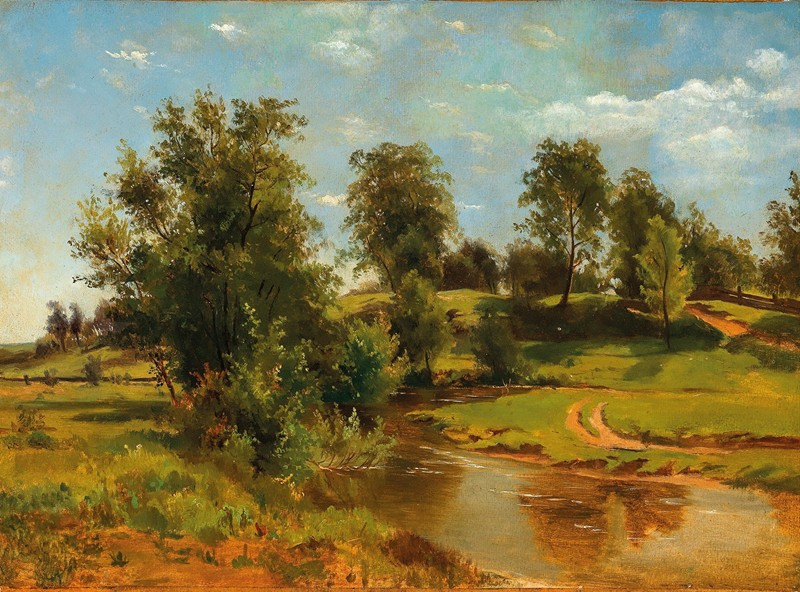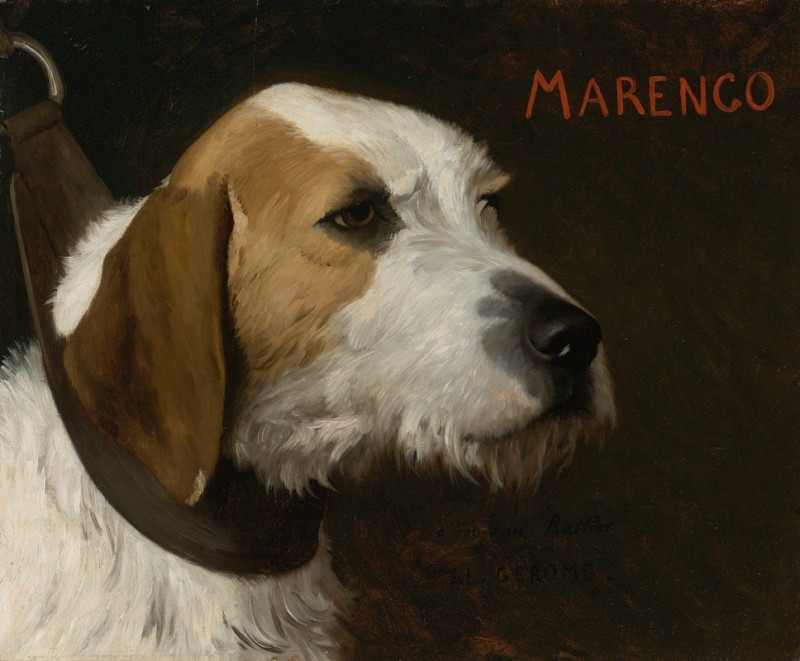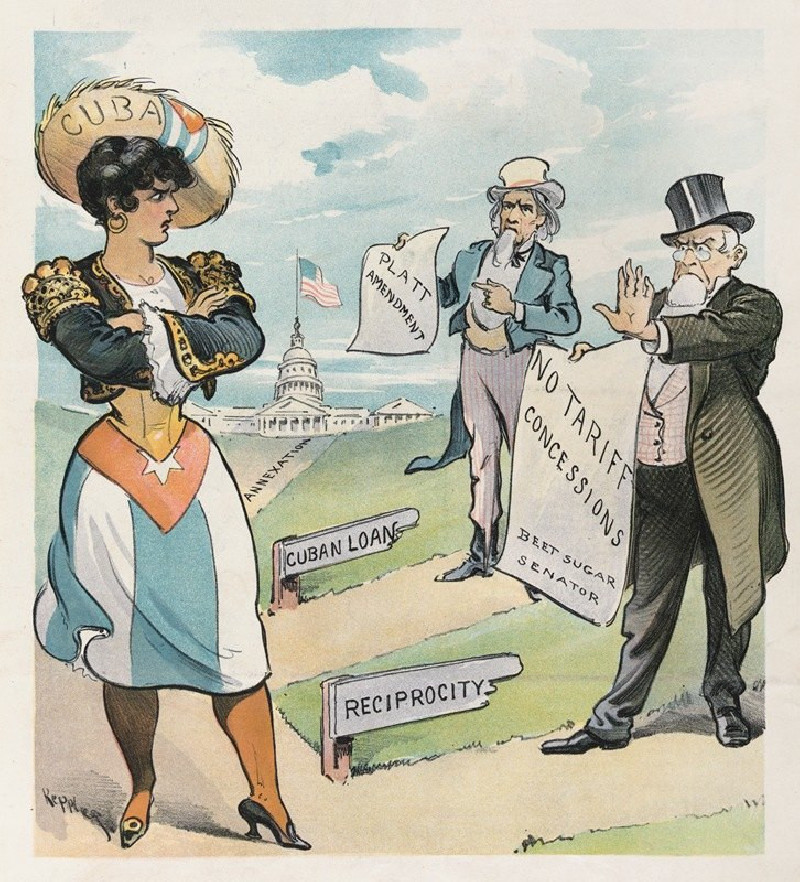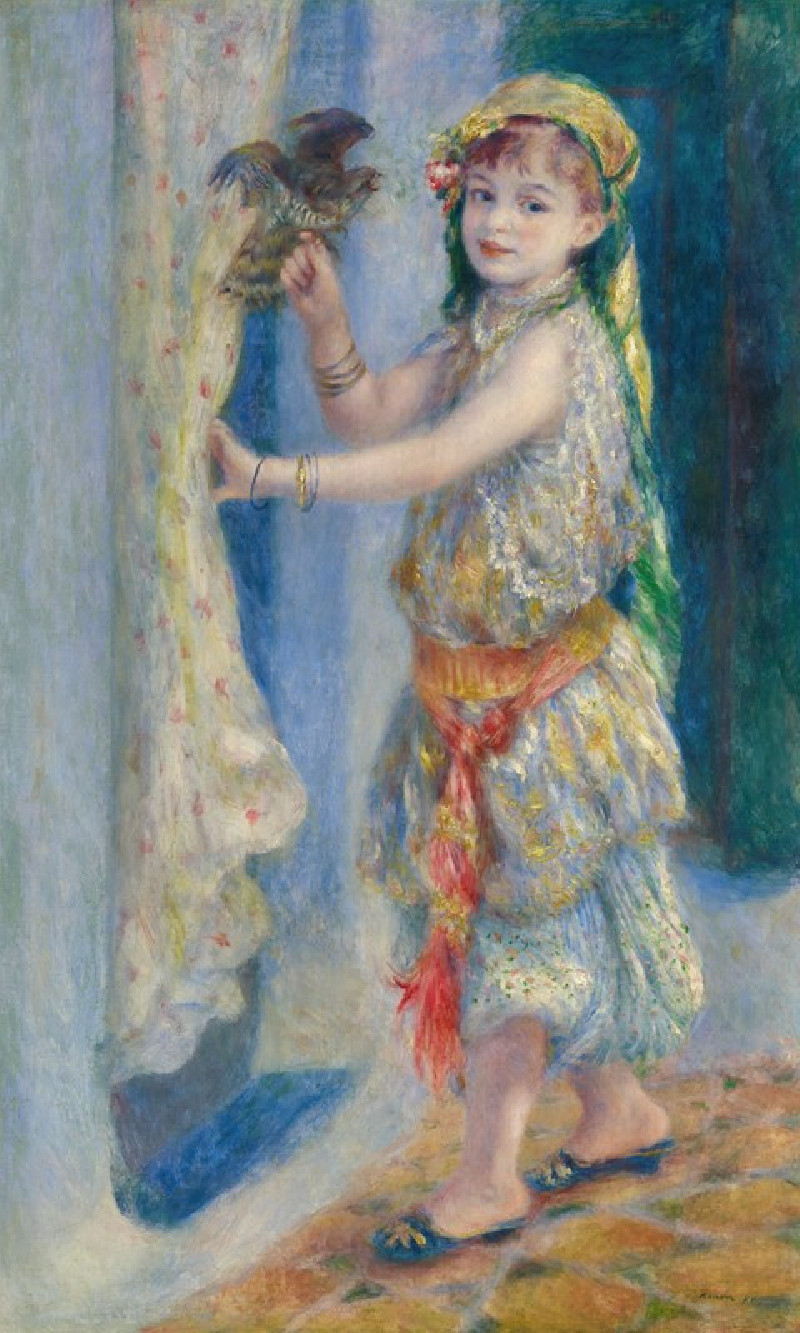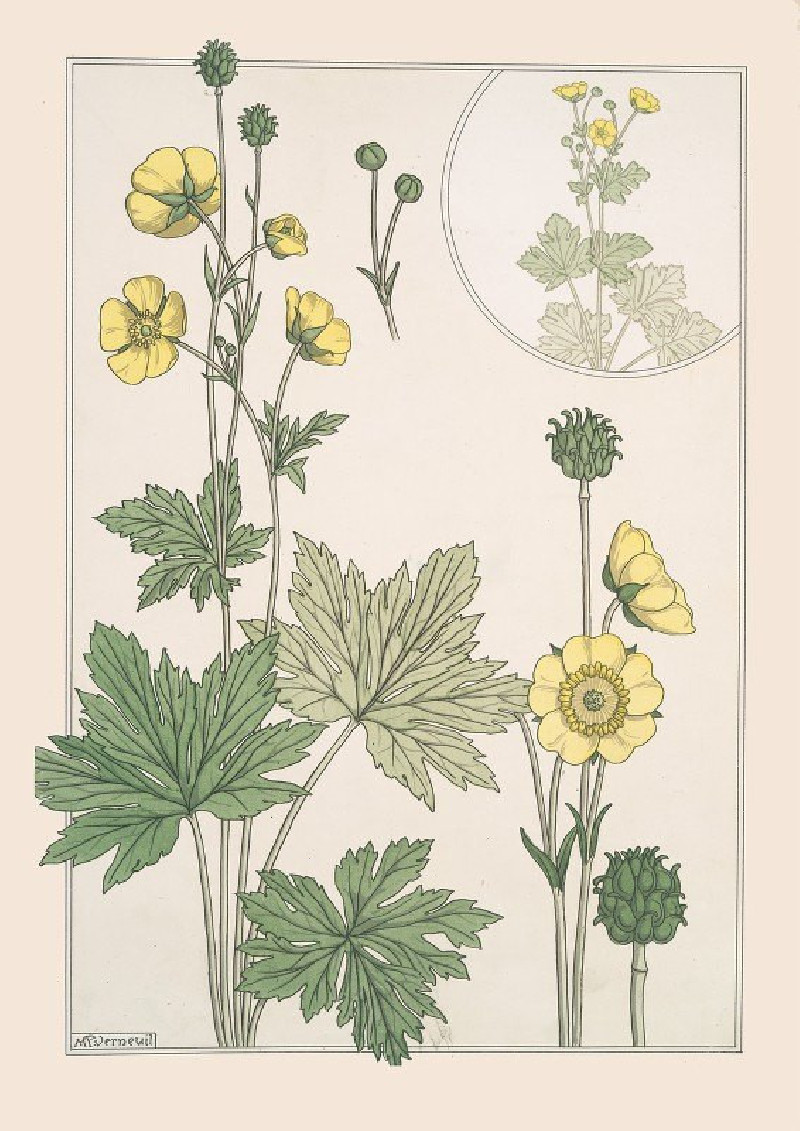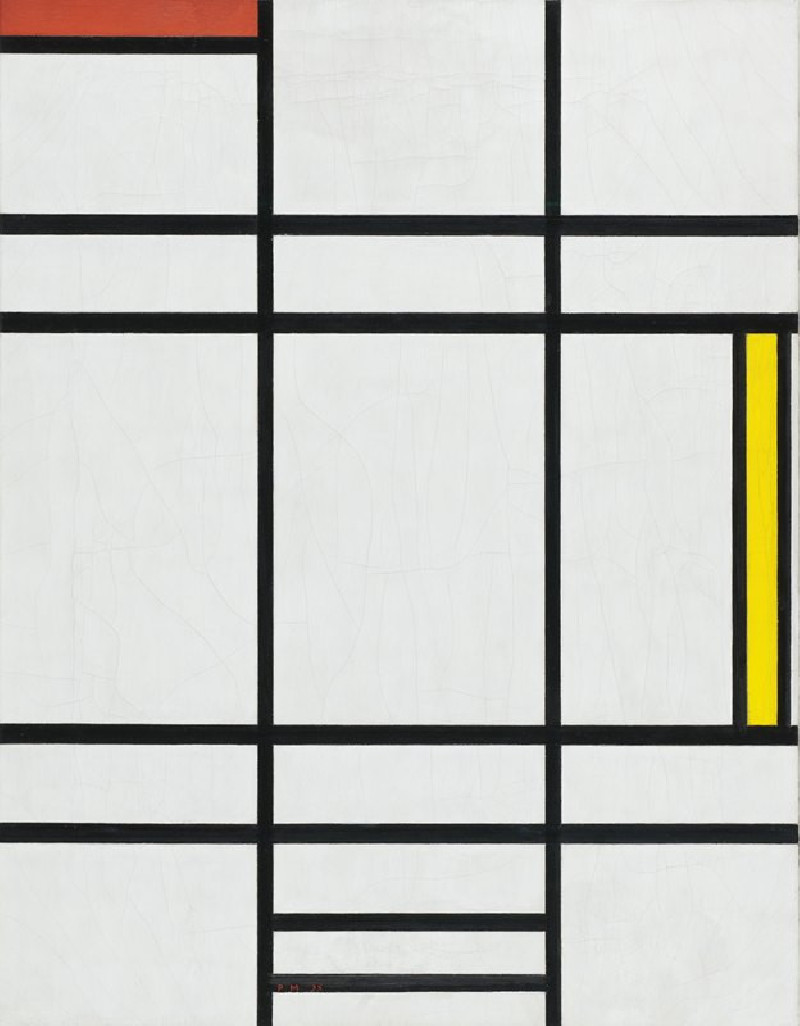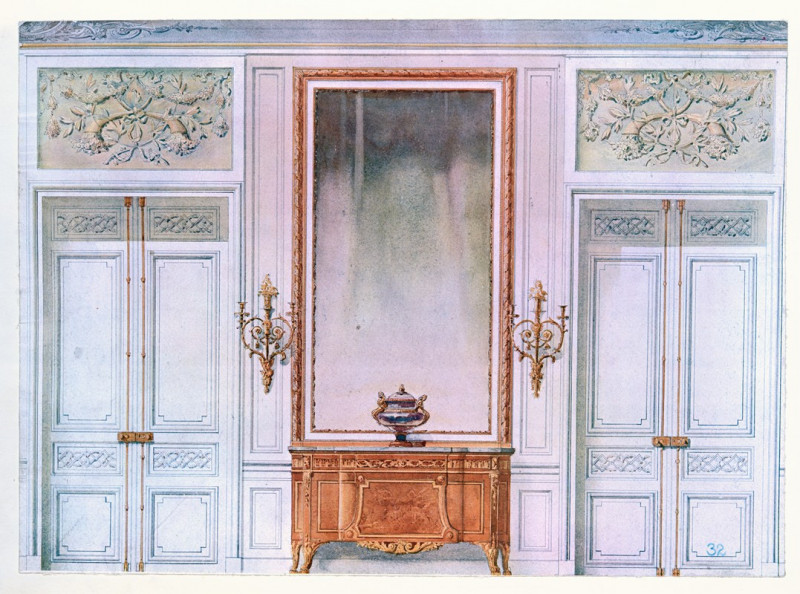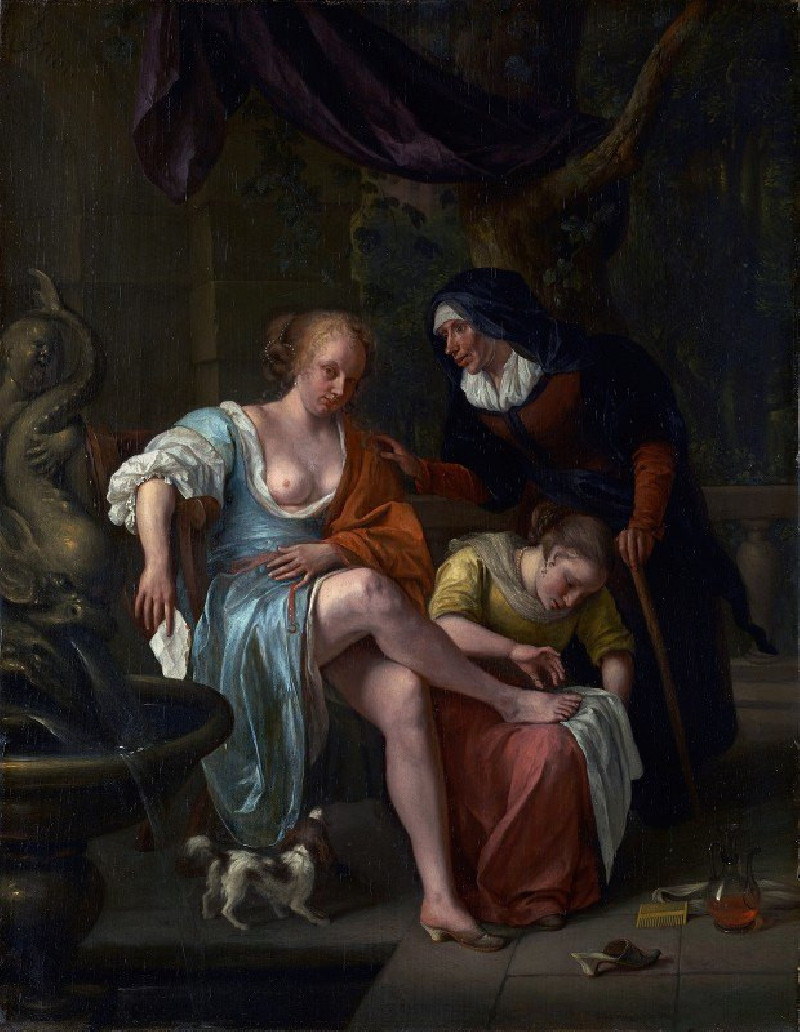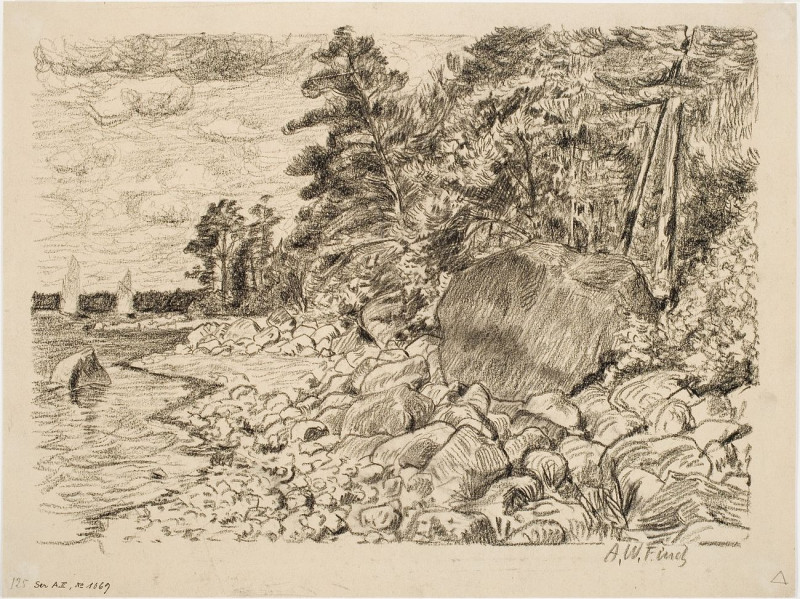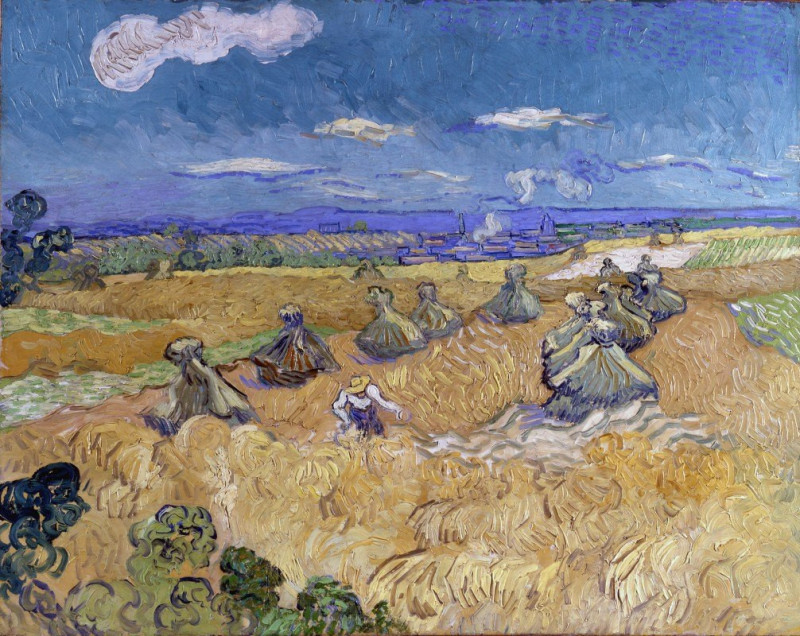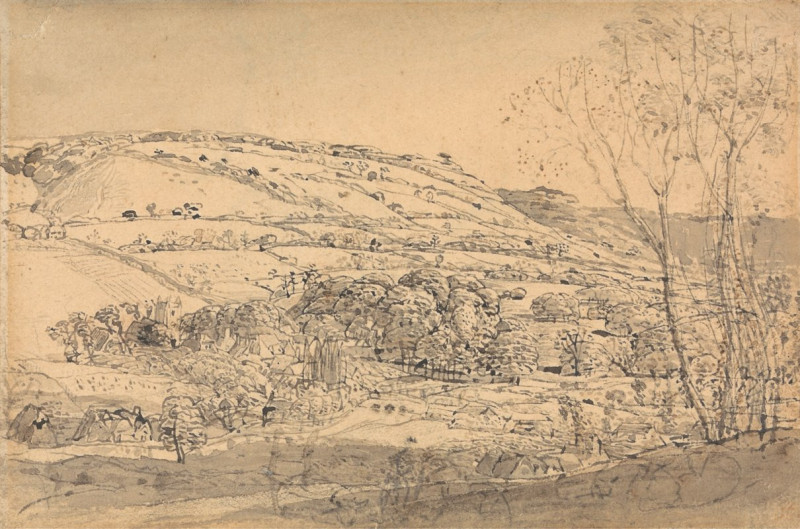Nebuchadnezzar’s madness
Technique: Giclée quality print
Recommended by our customers
More about this artwork
Carl Borromäus Andreas Ruthart’s evocative painting, "Nebuchadnezzar’s Madness," unveils the dramatic transformation and humbling of the Babylonian king Nebuchadnezzar, a theme derived from the biblical tale of his descent into animalistic madness as divine punishment for his hubris.In this compelling artwork, Ruthart vividly captures the moment of Nebuchadnezzar’s profound turmoil. The king, stripped of his regal dignity, appears in the foreground as a forlorn figure among a diverse and richly detailed menagerie. The king, with a gaze that conveys despair and confusion, crouches alongside animals—a poignant symbol of his fall from grace and sanity.The painting is alive with dynamic naturalism, featuring a multitude of animals, from the quiet presence of deer and swans to the spirited flight of birds that fill the stormy sky. This juxtaposition of calm and chaos mirrors the king’s mental state, enhancing the narrative’s dramatic effect.Ruthart's use of chiaroscuro enhances the emotional intensity of the scene, casting the wilderness in shadow and light that seem to echo the king’s inner turmoil. The rugged, wild landscape serves as a stark contrast to the hazy depiction of a serene city in the distance, emphasizing the distance Nebuchadnezzar has traveled from his past life of power and order.
Delivery
Returns
Carl Borromäus Andreas Ruthart, (1630, Danzig - 1703, L'Aquila) was a German painter who spent most of his career in Italy. During the last years of his life, he was referred to as Frà Andrea. He considered himself to be a follower of Peter Paul Rubens.

